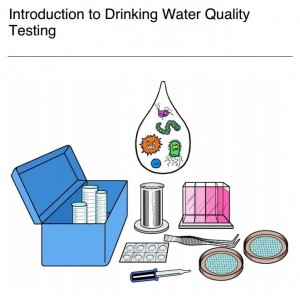Toys and toilets: cross-sectional study using children’s toys to evaluate environmental faecal contamination in rural Bangladeshi households with different sanitation facilities and practices. Trop Med Intl Health, March 2014.
Authors: Jelena Vujcic, et al.
Objective – To evaluate household faecal contamination using children’s toys among 100 rural Bangladeshi households categorised as ‘cleaner’ (toilet that reliably separates faeces from the environment and no human faeces in/around living space) or ‘less clean’ (no toilet or toilet that does not reliably separate faeces from the environment and human faeces in/around living space).
Methods – We distributed toy balls to each household and rinsed each study toy and a toy already owned by the household in 200 ml of Ringer’s solution. We enumerated faecal coliforms and faecal streptococci from each rinse using membrane filtration methods.
Results – Study toys from 39 cleaner households had lower mean faecal coliform contamination than toys from 61 less clean households (2.4 log10 colony-forming units (CFU)/200 ml vs. 3.2 log10 CFU/200 ml, P = 0.03). However, wealth measures explained a portion of this relationship. Repeat measures were moderately variable [coefficient of variation (CV) = 6.5 between two toys in the household at the same time, CV = 37.6 between toys in the household at two different times 3–4 days apart]. Too few households owned a non-porous toy to compare groups without risk of bias.
Conclusion – In rural Bangladesh, improved sanitation facilities and practices were associated with less environmental contamination. Whether this association is independent of household wealth and whether the difference in contamination improves child health merit further study. The variation found was typical for measures of environmental contamination, and requires large sample sizes to ascertain differences between groups with statistical significance.




